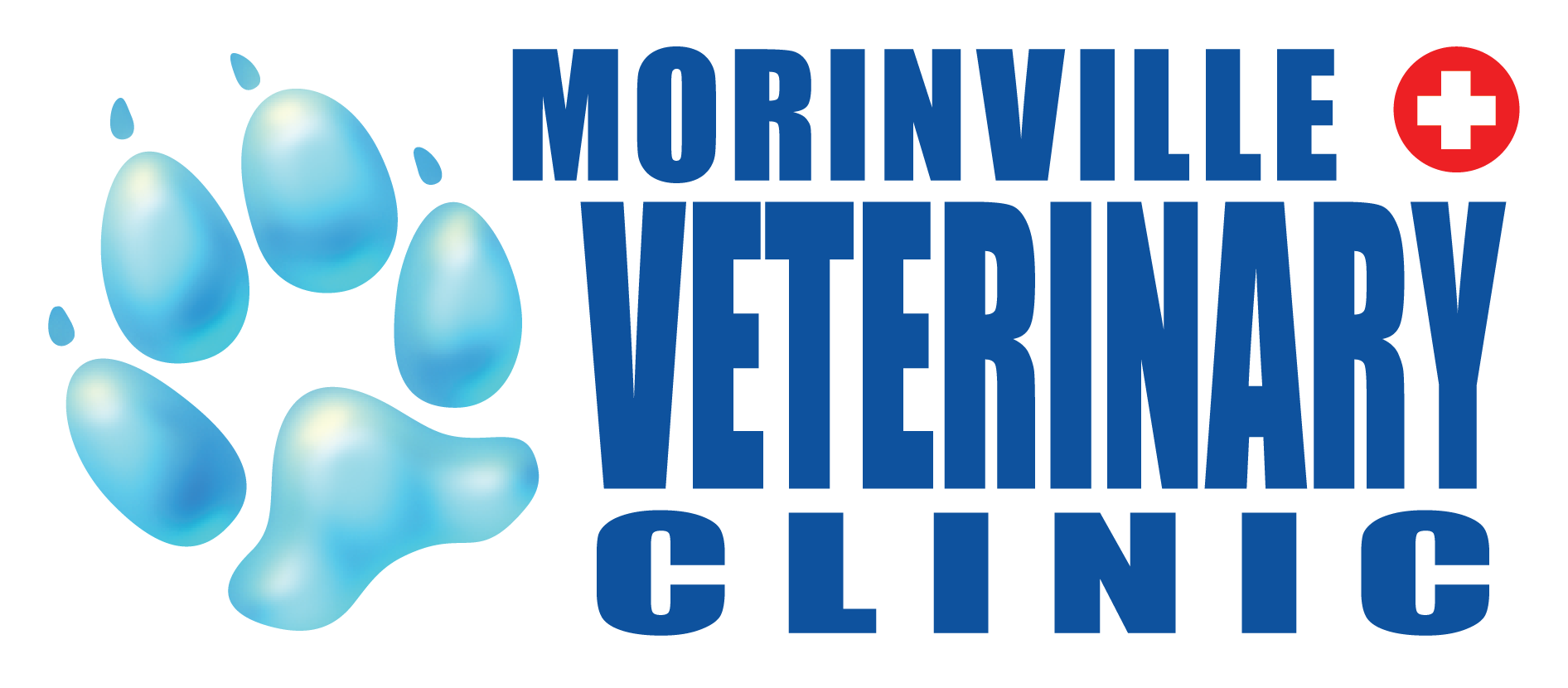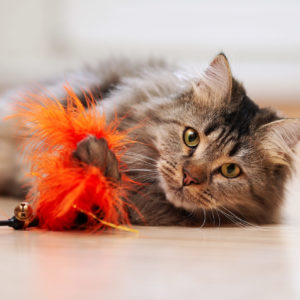If you are a pet owner now or are about to become one, you need to know that animals do get sick. It should be pretty obvious that sick animals do not give themselves medicine. By default, you are the one who gets to give the medicine. The staff at Morinville Vet Clinic are very good at giving medicine, but we cannot come to your house every day to treat your pet. Instead, we will give you a couple of tips for training that will make a huge difference down the road when your dog or cat is sick. Start these things when your pet is young and does not need any treatment. It will pay off later.
The first is to train your pet to come and stay. If every time you have to give medicine, the event is preceded by half an hour of chasing the animal around the house and cornering them, the experience will be stressful for both of you. Start this training by having a distinct sound you make (a word, a whistle) just before you give your pet a treat or meal. They start to associate the sound with something good. Next, add in other pleasure experiences to follow the sound (like petting, praise or a game). Now your pet has learned to come to you when it hears the sound. The next step is to train them to stay. The best way is to give them something to do when they come, like sit or lay down. Praise them for doing it, keep their attention and say “stay”, then give them their treat and say “OK” before you let them go. Now they have learned to come when called and should come when it is time for medicine, a bath, or loading into a kennel. This training works for cats as well as dogs.
The second training tip is getting them used to being handled all over. Starting at a very young age, get your pet used to you gently handling all areas of them. This is so that they accept treatment in a more relaxed state when they are sick later, or just need regular grooming care. With young animals, this handling must start out very gentle and for short periods. This is so they do not associate the handling with punishment or play. It is just supposed to be contact. Areas to focus on are opening the mouth, handling the feet, getting hair out of the ears, and looking in the eyes. The goal is to have both the pet and you be calm while the contact happens. With that calmness, it will be easier down the road to brush teeth, clean ears, trim nails and give medicine.
These tips are both based on the same principle; having every interaction between pets and owners be as enjoyable as possible. After all, isn’t that what having a pet is all about?
Written by Dr Michael High




